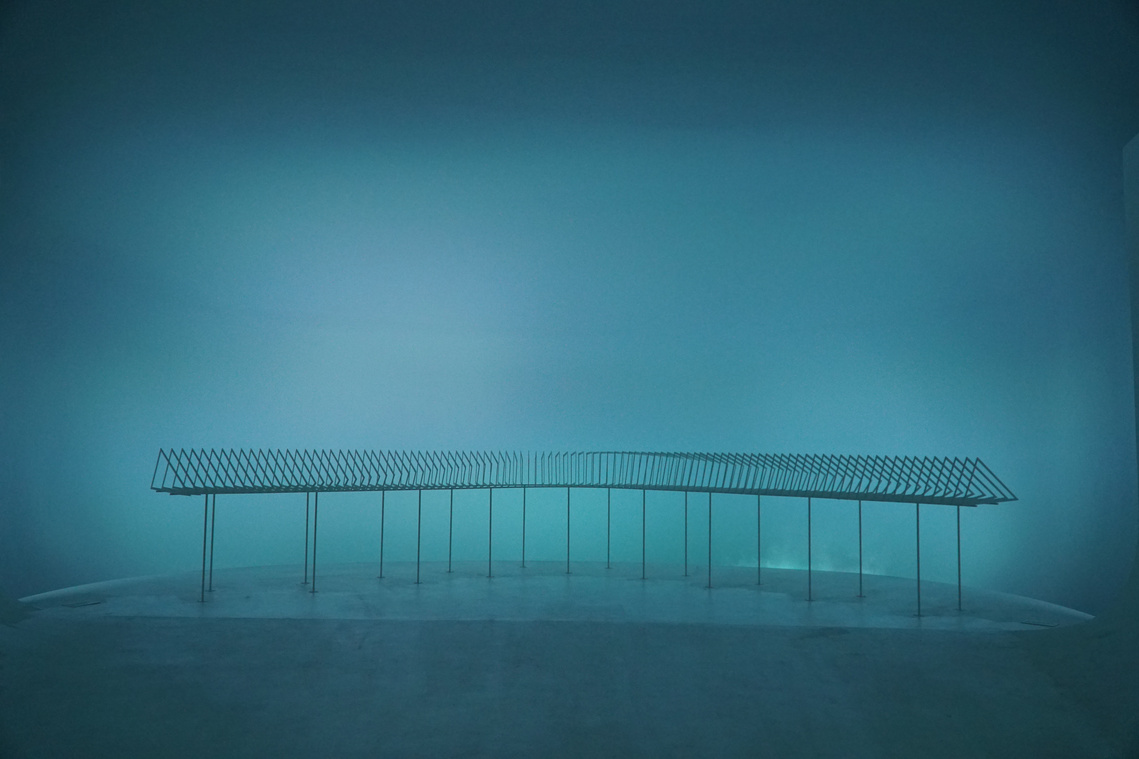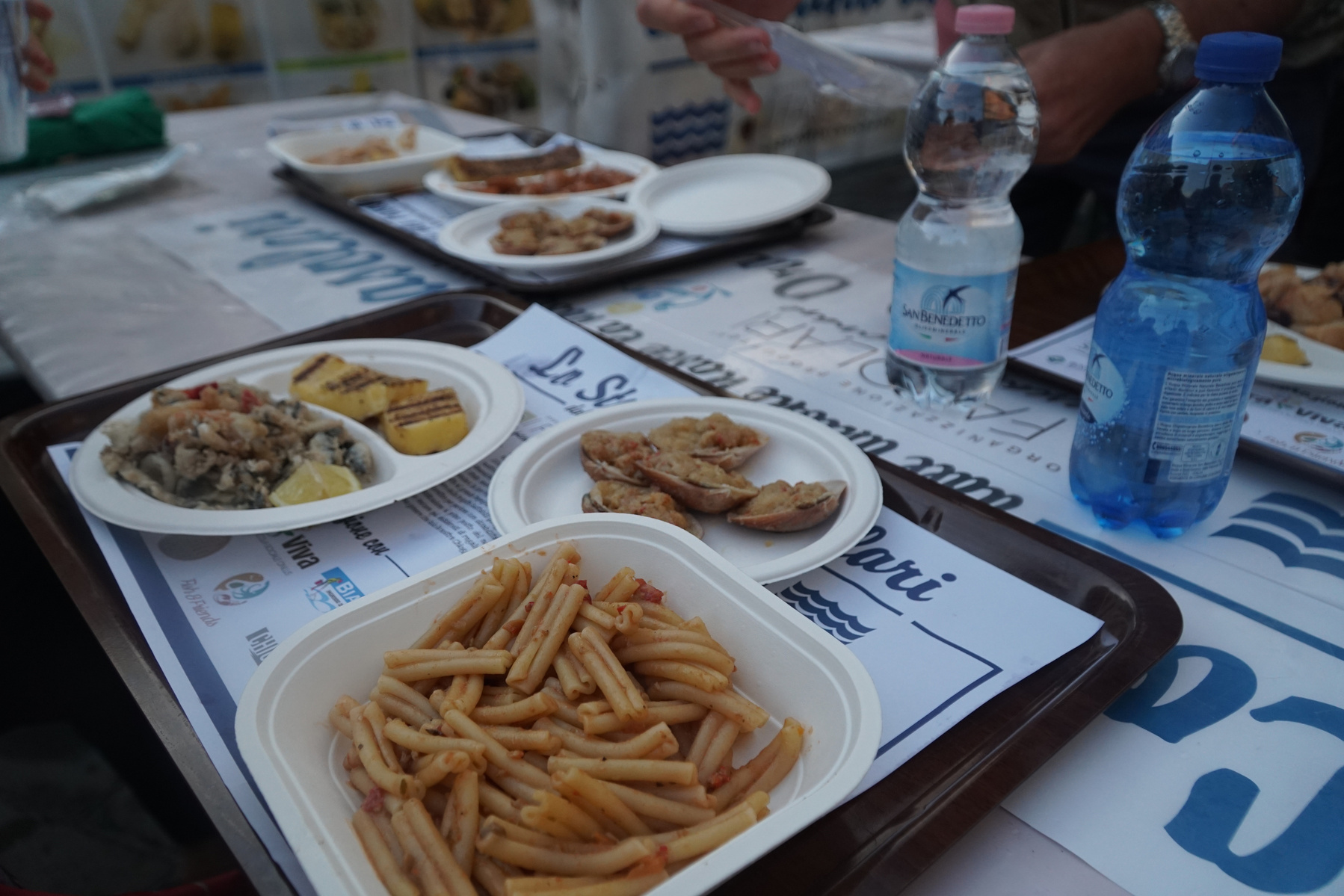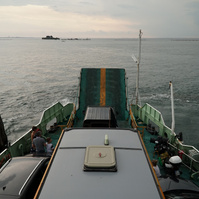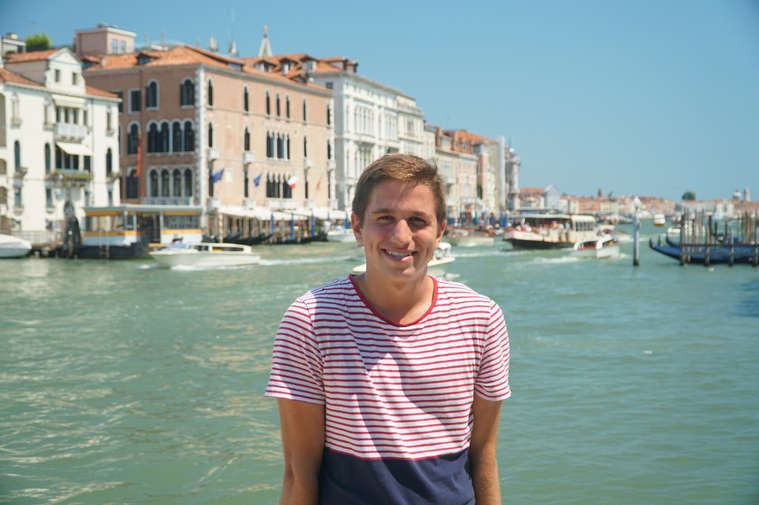Venice
July 18-22
City in Context
Venice is a medium-sized city of 267,557 inhabitants. As the capital of the Veneto region, Venice is one of the most famous cities in the world, formerly as a powerful city-state that dominated Mediterranean trade and culture, and today for its architectural heritage and unique situation as a city on the water.
Most people think that the city of Venice is just the island itself, but that is not the case. It is made up of two parts, mainland Venice and Island Venice, each of them very well defined and with different transport needs. A bridge for trains, buses and cars connects the two parts of the city with one another. The town of Venice lies in the middle of a lagoon and is one of the largest wetlands of the Mediterranean basin. The city includes the historical center (Venice), the Lido and Pellestrina islands, the islands of the Lagoon (Murano, Burano and the other minor islands), as well as the mainland urban areas of Mestre and Marghera.
Tourism is the mainstay of Venice’s economy, for better or for worse. Some two-thirds of the city's economic activity and half of all jobs in the city revolves around it the industry. Every day some 47,000 workers and 16,000 students commute in and out of the old city. Each year, the number of tourists visiting the city has been rapidly increasing, and some fear the city is becoming an open air museum and no longer a city to live in. In 30 years, the city has lost half its fixed population, while the number of tourists has exploded from 12 million in 1995 to over 20 milllion in 2015. Not only is this worrisome for city officials in terms of livability of the city, but as well for public safety reasons. Withsuch large numbers of people, streets, bridges, boat stops, and boats have become very crowded.Attempting to navigate through the City becomes a severe frustration, even forcing some Venetiancitizens to change their daily routes in order to avoid the crowds. The challenge is to ensure that the city's canal and street network not become too congested to the point where it is no longer possible to enjoy Venice's idyllic scenery and urban landscape.
Public Transport in Venice
As shown on the map above, much of Venice's public transport system relies on the use of waterborne transportation. The responsibility of operating the system falls under the Azienda del Consorzio Transporti Veneziano, or ACTV. As of 2010, ACTV owns about 600 land buses and 160 water vessels which have the capacity to carry 194 million passengers on 28 different lines. The most common vessel used is the "vaporetti," which can hold up to 220 passengers. The city has over 70 different boat stops, which are made of a rectangular dock with a metal overhead covering and walls, each labeled with the stop name. I found the system to be a little confusing at first, but once getting the hang of it it was a pretty effortless way to get around the city.
Visit to A4 SMART
In Venice, I had the good fortune of visiting an innovative smart city company, A4 SMART, that is using beacon technology and sensors to manage tourist flows and assist wayfinding for those with impaired mobility. I spoke with Francesco Pedrini, director and founder of A4 SMART, to learn more about the technology and what applications he sees for the city of Venice and other historic centers in Italy.
The startup was founded in 2013, and has since worked on research and development in the use of beacons and sensors to gather big data about the city of Venice. One project, called Virtual Accessibility Tourism Evolution (VATE), seeks to seek new balances the use of urban spaces both among tourists and residents. VATE is an app that uses beacons to establish a personalized relationship between people and places of interest (museums, monuments, shops, and other activities). The beacons use Bluetooth antennas and pings that allow for the establishment of In its current stage, the technology is being used to improve accessiblity and usability of public spaces for the blind by informing them where they are in the square and pointing them to museums, shops, and restroom facilities. A4 SMART has already set up beacons in San Marco Square, and has been testing VATE with blind associations. Through the use of standards, smart city technolgy can help the blind move autonomously through complex urban environments. In this manner, technology opens public spaces in ways that are accessible to all.
The promise of this technology is also that beacons can receive information about users and give personalized recommendations relating to mobility, such as walking routes. The technology simultaneously allows city stakeholders to manage tourist flows in real time. When I spoke to Francesco, the hope was ultimately to apply this technology to the Vaporetto water buses so that better and more interactive vaporetto routes can be planned for users in the future. This data also can be used to shape policy and governance of tourism in the future for Venice towards more sustainable and manageable levels.
Visit to the Biennale Venezia Architettura
The Venice Biennale is one of the most talked about events in world of architecture, which has opened its doors to architects, designers, and visitors from all around the globe to experience the pavilions and installations that address this year’s theme: "FREESPACE." The curators, Irish architects Yvonne Farrell and Shelley McNamara described the theme as “a focus on architecture’s ability to provide free and additional spatial gifts to those who use it and on its ability to address the unspoken wishes of strangers, providing the opportunity to emphasize nature’s free gifts of light—sunlight and moonlight, air, gravity, materials—natural and man-made resources.”
I wanted to visit the Biennale not only because it is the premier exposition of the world's architectural thinking, but also to stimulate my interest in the link between architecture and transport. Those who create urban transit systems rightfully see the growing opportunity to design with the user in mind. The goal should be to take the stigma of commuting and turn it into a life experience in and of itself where time doesn’t seem to be lost, but maybe even gained. The "FREESPACE" paradigm put forth by the curators of the Biennale prompts the need for the inclusion of natural elements in transportation architecture as well.
This was well represented at the Italian pavilion, which shifted attention away from major cities and over to the physical space of the Italian countryside, where, even in the remotest of times, communities are historically expressed in a different relationship between urban dimension and territory. One piece highlighted the condition of a disrupted landscape of the Materana hillside in Italy and the discontinuous system of the stations in the valley as the "heart of the matter." In the context of the Basento valley, the proposal focuses on the mobility and reactivation of railway stations to transform them into places for production and cultural experimentation, to be shared among the villages of the Matera hills. This proposal put forth at the Italian pavilion highlights the need for people to be connected to the natural world while they make their way through both urban and rural space.
Parting Thoughts
My trip to Venice was highly insightful to see the city's unique case of transport. Troubles with mass tourism and little progress in terms of solutions to stem the tide of tourist flows have certainly hindered the attractiveness of living in the city. Every Venetian I spoke with mourned the loss of the city's vibrancy and the proliferation of unsustainable tourism. Day-trippers brought in by cruise ships are the bulk of the problem, who don't spend enough money for the city government to acquire the kind of taxes it needs to set aside affordable housing for locals. To overcome this, the city will need to find a solution that balances the livability needs of its residents while encouraging sustainable tourism that supports and regenerates the local economy.
The considerations about tourism are one of the problem areas raised in UNESCO’s latest report about the current situation of “Venice and its Lagoon”. Subsequently, the city's plan to overcome the challenges the city faces was released earlier this year under UNESCO's threat to place the city on its World Heritage in Danger list. The good news is that protection of Venice's cultural and historical heritage is at the forefront of local politics. Citizens are rising up against the status quo to send a message to politicians; a non-legally binding referendum to separate the island of Venice was held to devolve more power from Rome to the Veneto region. We will see if this semi-autonomous governance system leads to conservation and sustainable development of one of the most beautiful cities in the world.






























